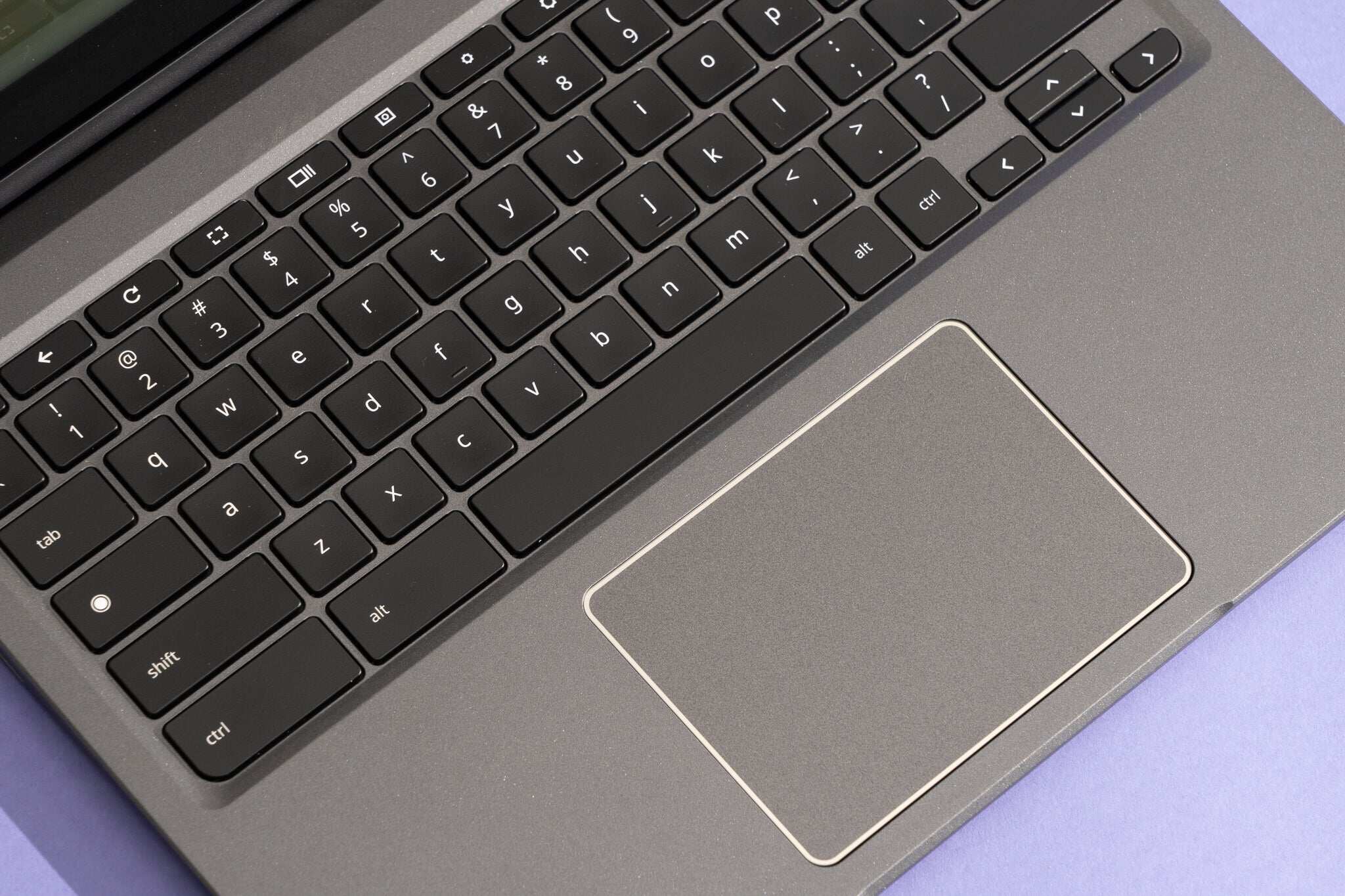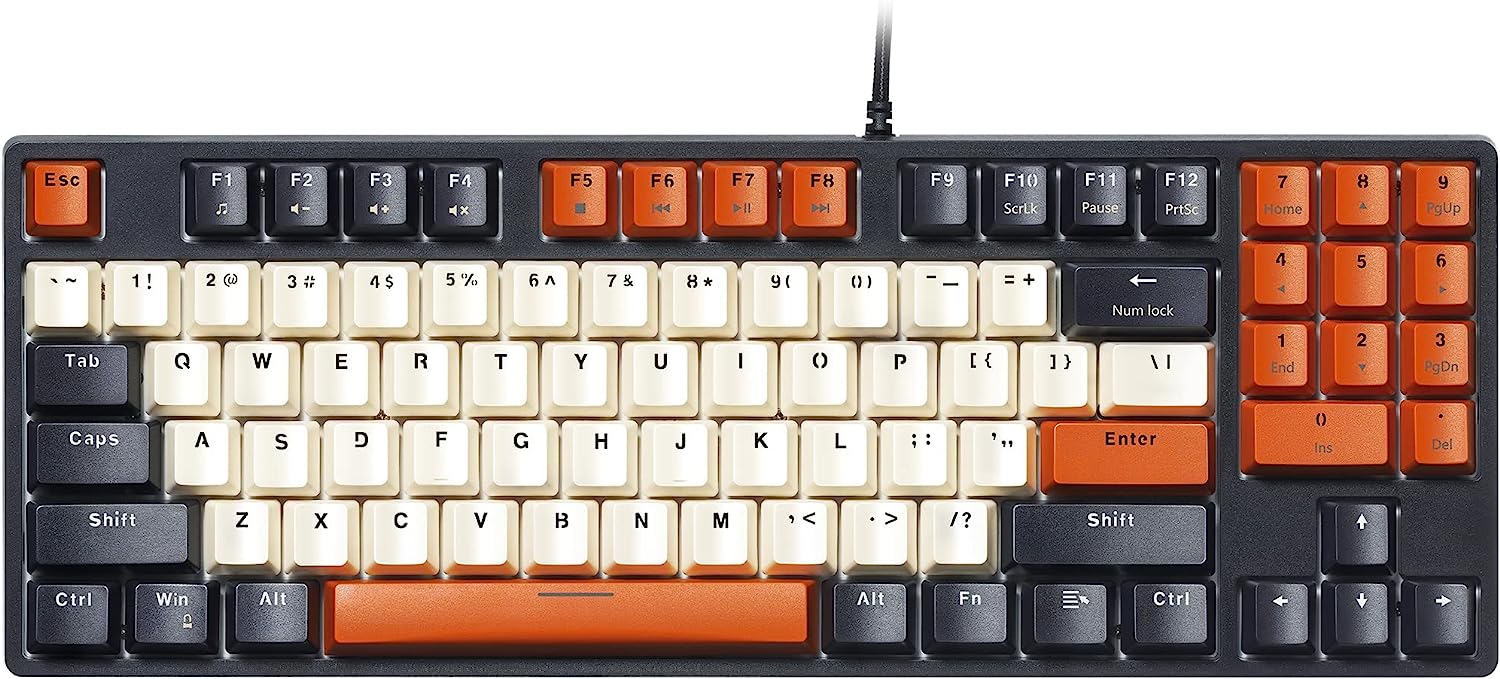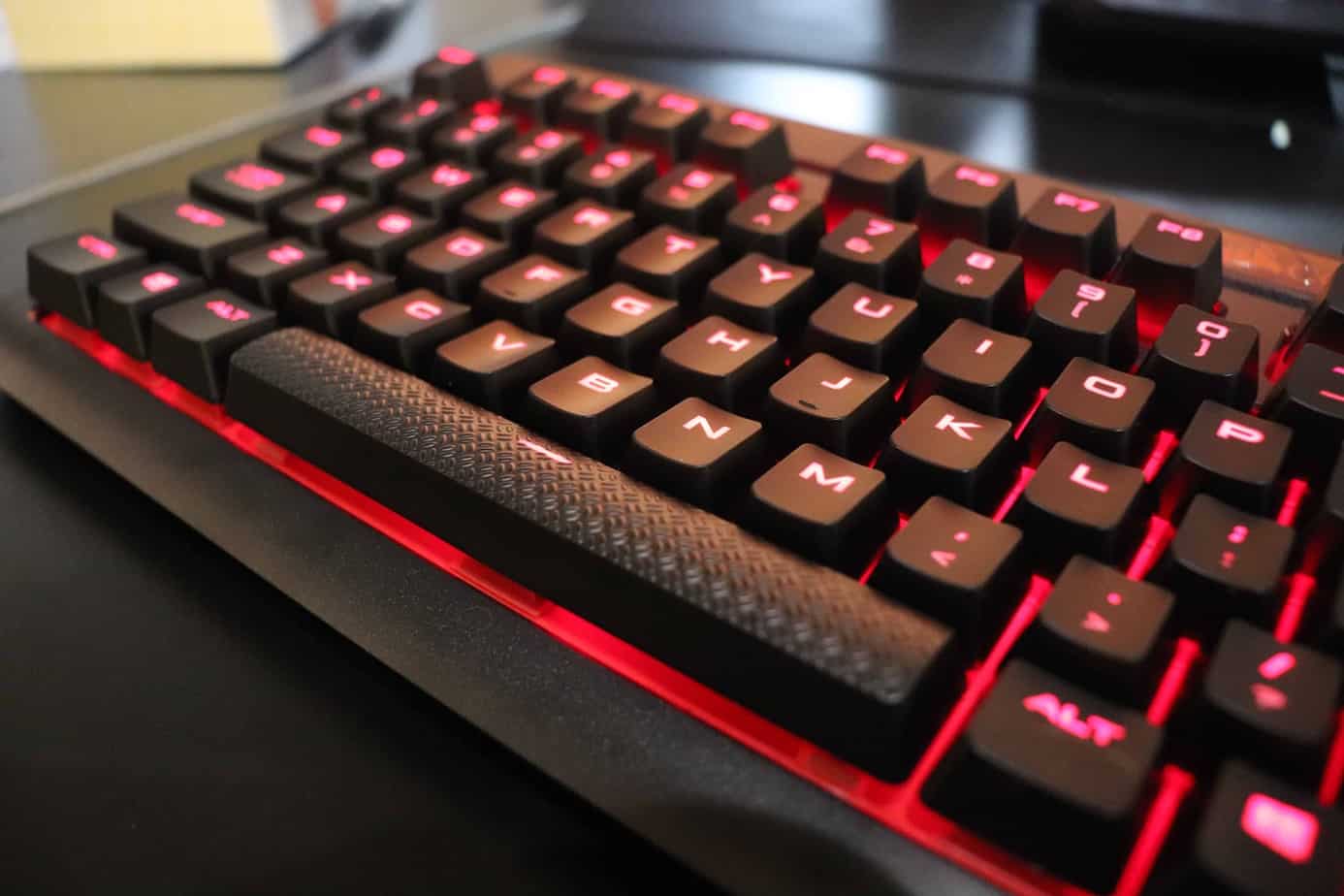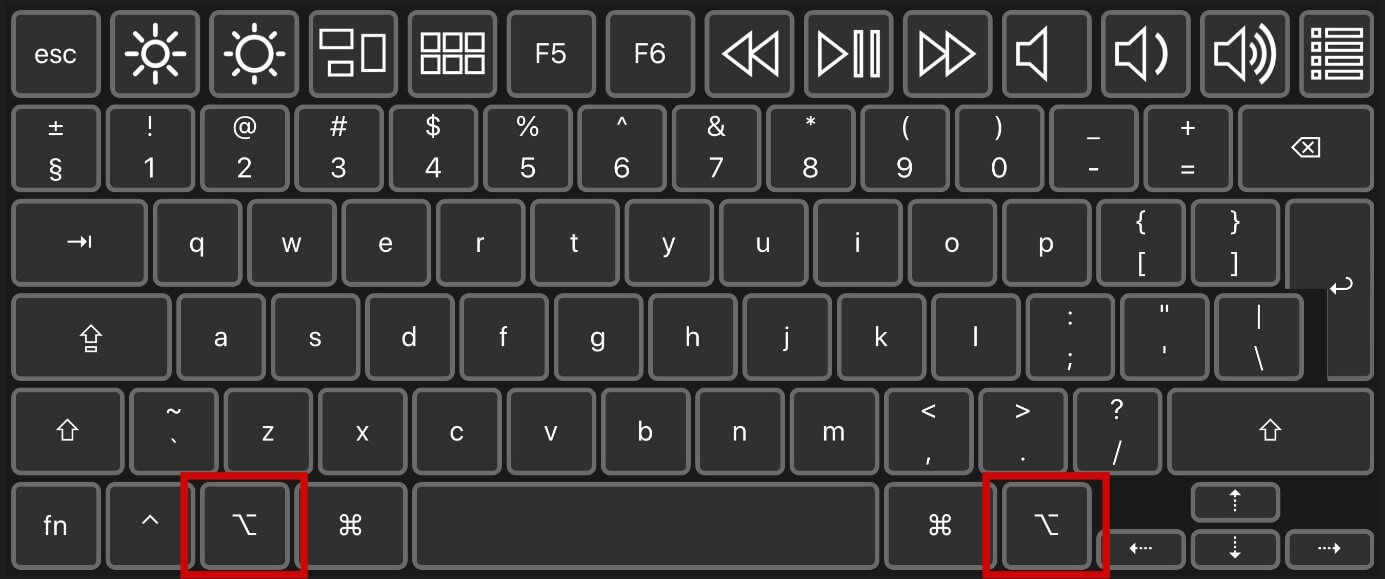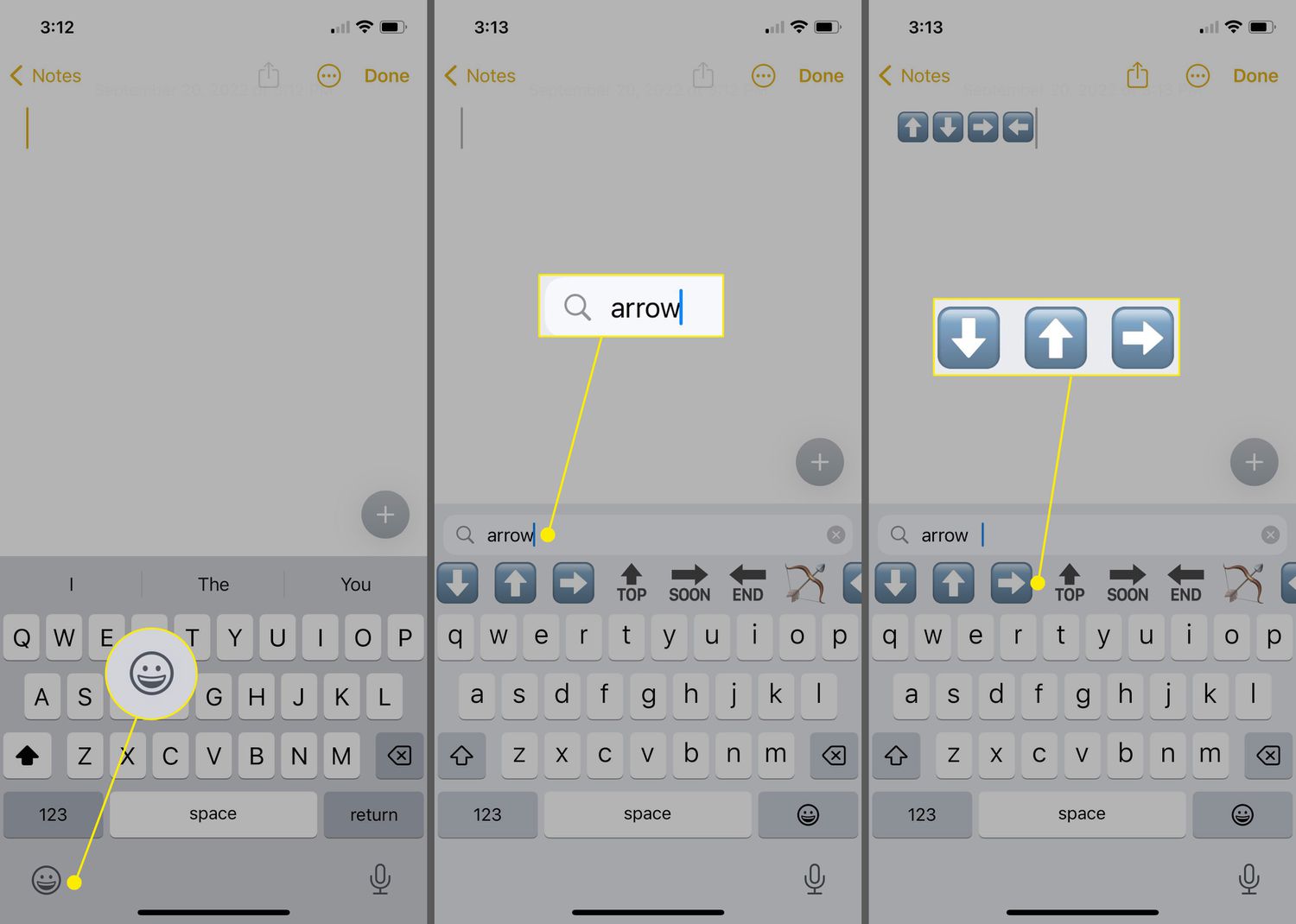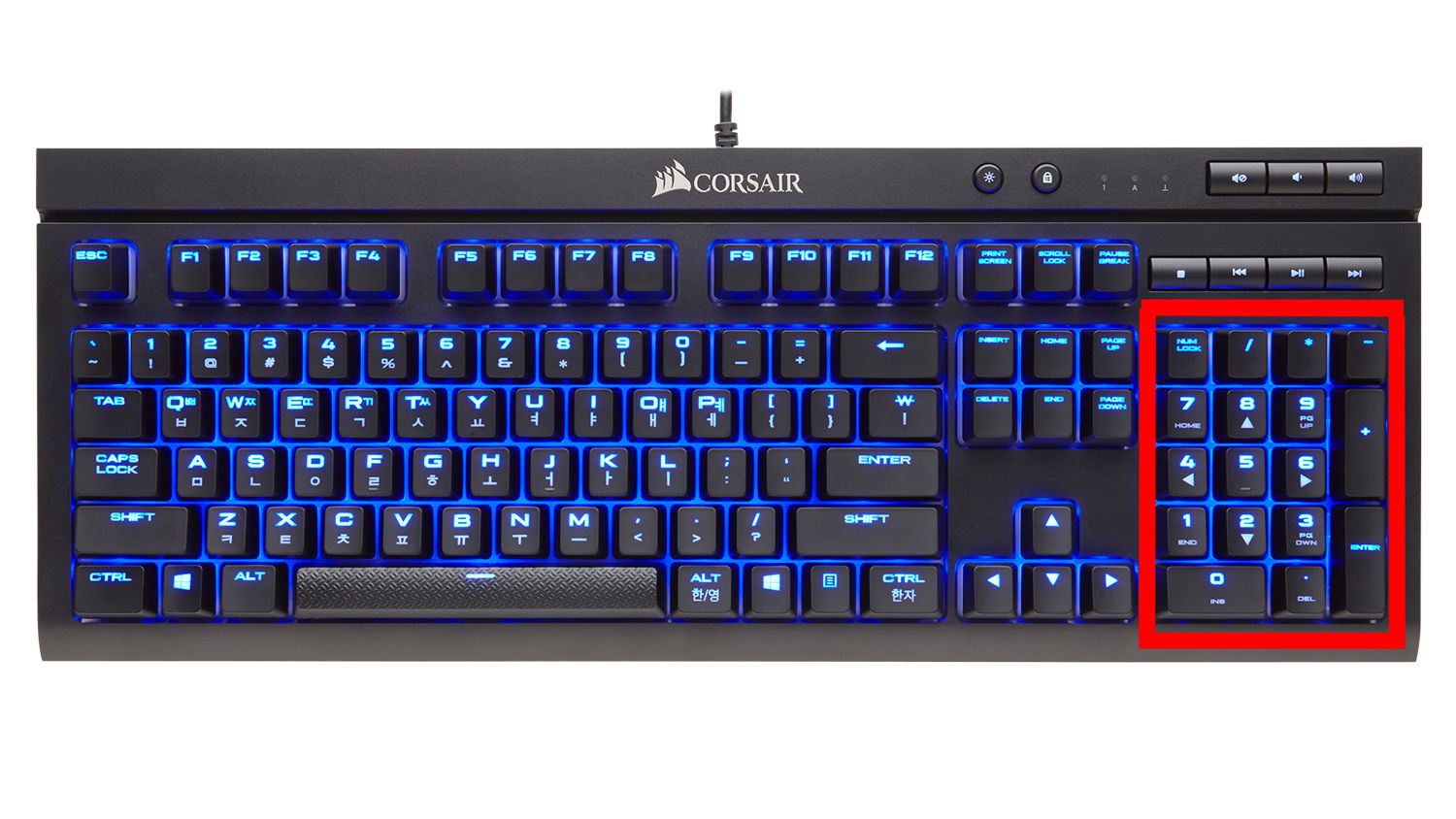Introduction
Symbols play an important role in communication, whether it’s expressing emotions through emoticons or adding visual impact to a document. Knowing how to type symbols on a keyboard can open up a world of possibilities, allowing you to easily incorporate them into your writing, social media posts, or designs. In this article, we will explore various methods to access symbols on a keyboard and make the process seamless and efficient.
Symbols can range from simple emoticons like ? or ? to more complex characters like © or ™. These symbols can represent concepts, math equations, currencies, or even musical notes. They can be used in a wide range of contexts, including social media, messaging apps, word processors, graphic design software, and more.
Different keyboards have different layouts, but they all provide ways to access symbols. Some keyboards have a dedicated numeric keypad, while others may have special function keys. Additionally, some symbols may not be readily available on the keys themselves. Understanding these variations and knowing how to navigate them will make it easier for you to type symbols no matter what type of keyboard you are using.
In this article, we will cover different methods to type symbols on a keyboard, including using the Alt key, the numeric keypad, and the Character Map utility. We will also explore keyboard shortcuts and copying and pasting symbols for added convenience. For those interested in the technical side, we will touch on ASCII codes and their role in symbol encoding.
Whether you need to type symbols occasionally or frequently, having a strong grasp of these techniques will save you time and effort. So, let’s dive in and explore the various ways to type symbols on your keyboard!
Commonly used symbols
Symbols are used in various contexts to convey meaning and enhance communication. Understanding and using commonly used symbols can be helpful in expressing emotions, indicating directions, or representing specific concepts. Here are some of the most frequently used symbols and their meanings:
-
Heart symbol (
): The heart symbol is widely used to represent love, affection, and compassion. It is often used in expressions of romantic love, but it can also convey friendship or adoration.
- Smiley face emoticons (?): Smiley faces are a popular way to express emotions in text form. They can convey happiness, joy, excitement, or a friendly tone in casual conversations and messages.
-
Peace sign (
): The peace sign is recognized worldwide as a symbol of peace and unity. It originated in the 1960s as a symbol of the anti-war movement and remains a powerful symbol of harmony and non-violence.
-
Checkmark symbol (
): The checkmark symbol is commonly used to indicate completion, correctness, or a positive outcome. It is often used to signify that a task, item, or requirement has been successfully fulfilled.
Trademark symbol (™️): The trademark symbol is used to indicate that a word, phrase, or logo is a registered trademark and is protected by intellectual property rights. It is commonly seen in brand names or logos to assert legal ownership.
Currency symbols: Currency symbols represent different monetary units from various countries. For example, the dollar sign ($) represents the US dollar, the euro symbol (€) represents the euro, and the yen symbol (¥) represents the Japanese yen.
Arrow symbols: Arrow symbols are used to indicate directions, movements, or specific actions. The right arrow (→) signifies forward movement or progression, while the left arrow (←) indicates backward movement or regression. Upward arrows (↑) represent growth or increase, and downward arrows (↓) suggest decline or decrease.
These are just a few examples of commonly used symbols. The use of symbols in communication continues to evolve, with new symbols and emojis being introduced regularly. Understanding the meanings and interpretations behind these symbols can help you convey your message more effectively and add a touch of visual appeal to your written content or conversations.
Types of keyboards
When it comes to typing symbols on a keyboard, it’s important to understand the different types of keyboards available. While the layout and design may vary, there are a few common types you’re likely to encounter. Let’s explore them:
- Standard QWERTY keyboard: This is the most common type of keyboard layout, named after the first six letters on the top row. It includes all the alphanumeric keys, as well as function keys, navigation keys, and modifier keys like Shift, Ctrl, and Alt. The standard QWERTY keyboard provides access to many symbols through combination key presses or by using the Alt key.
- Laptop keyboard: Laptop keyboards are designed to be compact and portable. They typically have a similar layout to standard keyboards but may have some adjustments due to space limitations. Laptop keyboards may have smaller keys, reduced or rearranged function keys, and additional functions assigned to certain keys.
- Gaming keyboard: Gaming keyboards are optimized for gaming enthusiasts and may have extra features like customizable keys, backlighting, and macro keys. While they are primarily designed for gaming, they can still be used for typing symbols in a similar way to standard keyboards.
- Virtual keyboard: Virtual keyboards are software-based and can be accessed on touch screen devices like smartphones and tablets. These keyboards display symbols and characters on the screen, and you can enter them by tapping the desired symbol with your finger or a stylus. Virtual keyboards provide easy access to a wide range of symbols and emojis without the need for special key combinations.
These are just a few examples of the different types of keyboards you may encounter. Regardless of the type of keyboard you’re using, the methods and techniques for typing symbols remain relatively consistent. So, no matter whether you’re using a standard keyboard, laptop keyboard, gaming keyboard, or a virtual keyboard, you’ll be able to access symbols with the right knowledge and techniques.
Using the Alt key
One of the most common methods to type symbols on a keyboard is by using the Alt (or Option) key. The Alt key, located on both sides of the spacebar, allows you to input symbols using a combination of keys. Here’s how to do it:
- Find the Alt code: Each symbol has a unique Alt code associated with it. You can find the Alt code for a symbol by referencing an Alt code chart, which lists the codes for various symbols. For example, the Alt code for the copyright symbol (©) is Alt+0169.
- Activate the Alt key: Press and hold the Alt key on your keyboard.
- Enter the Alt code: While holding the Alt key, type the Alt code using the numeric keypad on the right side of your keyboard. Make sure Num Lock is turned on. For example, to type the copyright symbol (©), press and hold Alt, then type 0, 1, 6, 9 on the numeric keypad.
- Release the Alt key: Release the Alt key after typing the Alt code. The symbol will appear where your cursor is placed.
Note: The Alt code method works best with a keyboard that has a dedicated numeric keypad. If your keyboard doesn’t have a dedicated numeric keypad, you can still use the Alt codes by enabling the Num Lock function and using the number keys above the letter keys. However, this can be less convenient.
Using the Alt key to input symbols provides a quick and efficient way to access a wide range of symbols without the need for additional software or tools. With practice, you’ll become more accustomed to the Alt codes for your frequently used symbols, making symbol entry a seamless part of your typing experience.
Using the numeric keypad
If your keyboard has a dedicated numeric keypad on the right side, you can use it to easily type symbols without the need for Alt codes. The numeric keypad allows for direct input of symbols using their ASCII codes. Here’s how to do it:
- Find the ASCII code: Each symbol has a unique ASCII code associated with it. You can find the ASCII code for a symbol by referencing an ASCII code chart, which lists the codes for various symbols. For example, the ASCII code for the degree symbol (°) is 0176.
- Activate Num Lock: Ensure that the Num Lock function is turned on. This will activate the numeric keypad and allow you to input symbols using their ASCII codes.
- Hold Alt and enter the ASCII code: Press and hold the Alt key on your keyboard. While holding Alt, use the numeric keypad to enter the ASCII code for the symbol you want to type. For example, to type the degree symbol (°), press and hold Alt, then type 0, 1, 7, 6 on the numeric keypad.
- Release Alt key: After entering the ASCII code, release the Alt key. The symbol will appear at the cursor position.
Using the numeric keypad to type symbols is particularly convenient if you frequently need to input symbols while typing. The dedicated layout of the numeric keypad makes it quick and easy to access symbols without the need for complex key combinations.
If your keyboard doesn’t have a dedicated numeric keypad, you can still use the number keys at the top of the keyboard, but you must ensure Num Lock is turned on. However, using the number keys at the top may not be as efficient as using a dedicated numeric keypad.
It’s worth noting that not all symbols have corresponding ASCII codes. In such cases, the Alt key or other methods may be required. Additionally, some symbols may not be available on all keyboards, depending on the language or region settings. Exploring the capabilities of your keyboard and finding alternate methods can help you type symbols effectively, regardless of the limitations.
Using the Character Map
If you’re having trouble remembering Alt codes or your keyboard doesn’t have a dedicated numeric keypad, another way to access symbols is by using the Character Map utility available in Windows. This utility allows you to browse and select symbols from a comprehensive database. Here’s how to use the Character Map:
- Open the Character Map: To open the Character Map, go to the Start menu and search for “Character Map.” Click on the Character Map app that appears in the search results.
- Browse symbols: In the Character Map window, you’ll see a vast collection of symbols. You can use the scroll bar or the search function to find a specific symbol. Click on the symbol you want to use to select it.
- Copy the symbol: After selecting the symbol, click on the “Copy” button at the bottom of the Character Map window.
- Paste the symbol: Go to the document, text field, or application where you want to insert the symbol and paste it by pressing Ctrl + V or right-clicking and selecting “Paste.”
The Character Map utility is a user-friendly way to access a wide range of symbols and characters. It is especially helpful if you need to insert symbols that do not have Alt codes or if you prefer a visual interface for selecting symbols.
Keep in mind that the availability of symbols in the Character Map may differ depending on the font you are using. Some fonts include more extensive symbol sets, so experimenting with different fonts may provide access to additional symbols.
While the Character Map utility is primarily available on Windows, other operating systems may have similar programs or methods for accessing and inserting symbols. Exploring the options and capabilities of your specific operating system can help you find the most suitable method for typing symbols.
Keyboard shortcuts for symbols
In addition to the Alt key and Character Map, many applications and operating systems offer built-in keyboard shortcuts for commonly used symbols. These shortcuts can save you time and make typing symbols even more efficient. Here are a few examples of keyboard shortcuts for symbols:
- Em dash (—): In many word processors, typing two hyphens (–) followed by a space will automatically convert them into an em dash. This can be useful for indicating breaks or interruptions in a sentence.
- Registered trademark symbol (®): On Windows, you can type Ctrl + Alt + R to insert the registered trademark symbol. On Mac, you can use Option + R.
- Copyright symbol (©): On Windows, you can type Ctrl + Alt + C to insert the copyright symbol. On Mac, you can use Option + G.
- Bullet point symbol (•): On Windows, you can type Alt + 0149 on the numeric keypad to insert a bullet point symbol. On Mac, you can use Option + 8.
These are just a few examples of keyboard shortcuts for symbols. The availability and accessibility of these shortcuts may vary depending on the application you are using. It’s a good practice to explore the documentation or settings of your preferred applications to discover any built-in keyboard shortcuts for symbols.
Remember, keyboard shortcuts are application-specific and may not work universally across all programs. However, once you become familiar with commonly used shortcuts, you’ll be able to enhance your typing speed and efficiency, making it a breeze to type symbols in your everyday tasks.
Additionally, if you frequently use certain symbols in your work, you can create custom keyboard shortcuts using text expansion software or built-in settings in some operating systems. This allows you to assign a combination of keys to automatically insert specific symbols or frequently used phrases, saving you even more time and effort in the long run.
Copying and pasting symbols
Another convenient way to use symbols is by copying and pasting them from various sources. This method allows you to access symbols that may not be readily available on your keyboard or through other methods. Here’s how to copy and paste symbols:
- Find the symbol: Look for the symbol you want to use online or in character map tools. You can search for specific symbols or browse through symbol libraries to find the desired symbol.
- Select the symbol: Once you’ve found the symbol, click and drag your cursor to select it. Alternatively, you can double-click on the symbol to select it in most applications or character map tools.
- Copy the symbol: Right-click on the selected symbol and choose “Copy” from the context menu. Alternatively, you can use the shortcut Ctrl + C (Command + C on Mac) to copy the symbol to your clipboard.
- Paste the symbol: Go to your desired document, text field, or application, and right-click to bring up the context menu. Select “Paste” from the menu, or use the shortcut Ctrl + V (Command + V on Mac) to paste the symbol from your clipboard.
This method is particularly useful when you need to use symbols that are not easily accessible through other means. By copying and pasting symbols, you can effortlessly incorporate them into your text, emails, social media posts, or any other content you’re working on.
It’s important to note that not all applications or online platforms may support all symbols. Some symbols may appear differently or not at all, depending on the font or compatibility of the platform you’re using. In such cases, you may need to experiment with different fonts or symbols to find the most suitable option.
Copying and pasting symbols provides a simple and effective way to utilize a wide range of symbols, even if they are not directly available on your keyboard. The flexibility and convenience of this method make it a go-to option when you need to incorporate symbols into your work quickly and seamlessly.
ASCII codes for symbols
ASCII (American Standard Code for Information Interchange) is a character encoding standard that assigns unique numerical values to characters, including symbols. Each symbol has a corresponding ASCII code, which can be used to input symbols directly using their code numbers. Here’s how to use ASCII codes for symbols:
- Find the ASCII code: Look for an ASCII code chart that lists the codes for various symbols. These charts usually include the decimal or hexadecimal code for each symbol. For example, the ASCII code for the exclamation mark (!) is 33.
- Activate Num Lock: If you’re using the numeric keypad to input ASCII codes, ensure that the Num Lock function is turned on.
- Hold Alt and enter the ASCII code: Press and hold the Alt key on your keyboard. While holding Alt, type the ASCII code for the symbol using the numeric keypad. For example, to type the exclamation mark (!), press and hold Alt, then type 33 on the numeric keypad.
- Release Alt key: Release the Alt key after entering the ASCII code. The symbol will appear where your cursor is placed.
Using ASCII codes for symbols allows you to input symbols directly using their unique numerical values. This method can be particularly helpful when other methods are unavailable, or if you prefer entering symbols using their numeric codes.
It’s important to note that ASCII codes are primarily limited to the basic set of characters and symbols. As technology has advanced, other character encoding standards like Unicode have been introduced to support a wider range of symbols from different languages and cultures. However, ASCII codes are still widely used and can help you input a variety of symbols using their numeric representations.
Remember that not all symbols have corresponding ASCII codes, and some symbols may not be available in certain fonts or character sets. Therefore, it’s always a good idea to check the specific compatibility of the symbol you desire to use with the platform or application you are working with.
Using ASCII codes for symbols provides a straightforward and reliable method for typing symbols, especially when other options are limited or unavailable. Familiarizing yourself with commonly used ASCII codes can expand your repertoire of easily accessible symbols and make your writing or communication more diverse and engaging.
Wrap up and additional resources
Knowing how to type symbols on a keyboard opens up a world of possibilities for communication and creativity. In this article, we explored various methods to access symbols, including using the Alt key, the numeric keypad, the Character Map utility, keyboard shortcuts, and copying and pasting symbols. Each method has its advantages and can be used depending on your specific needs and keyboard setup.
By understanding the different types of keyboards and how to navigate them, you can easily find the symbols you need. Whether you have a standard QWERTY keyboard, a laptop keyboard, a gaming keyboard, or a virtual keyboard on a touch screen device, the techniques discussed in this article will enable you to type symbols efficiently.
Remember to make use of built-in keyboard shortcuts in applications, experiment with different fonts for accessing symbols, and leverage the versatility of copying and pasting symbols when needed. Additionally, familiarizing yourself with ASCII codes for symbols can provide yet another route for entering specific characters.
To further enhance your symbol typing skills, here are some additional resources you may find useful:
- – “Alt Codes Cheat Sheet” – A comprehensive list of Alt codes for symbols, searchable by category, available at [website URL].
- – “Character Map Keyboard Shortcuts” – A guide to using the Character Map utility and its keyboard shortcuts, available at [website URL].
- – “Unicode Character Table” – An extensive collection of Unicode symbols and their codes, accessible at [website URL].
- – “Symbol Keyboard Shortcuts for Mac and Windows” – An article detailing keyboard shortcuts specific to Mac and Windows platforms, available at [website URL].
Remember, the ability to type symbols on a keyboard not only enhances your communication, but also adds creativity and visual appeal to your work. Whether you’re writing, designing, or simply expressing yourself in various digital platforms, mastering the art of typing symbols will elevate your skills and make your content stand out.










